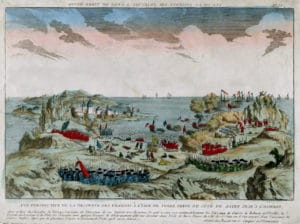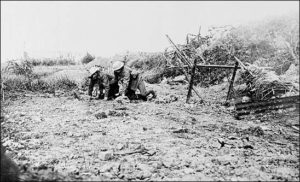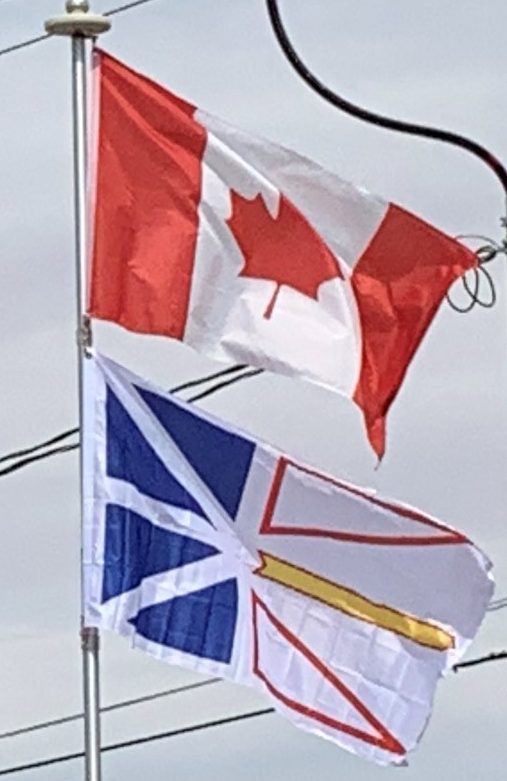In the Treaty of Utrecht (1713), France had acknowledged British ownership of the island. However, in the Seven Years’ War (1756–1763), control of Newfoundland once again became a major source of conflict between Britain, France and Spain who all pressed for a share in the valuable fishery there. Britain’s victories around the globe led William Pitt to insist nobody other than Britain should have access to Newfoundland. The Battle of Signal Hill took place in Newfoundland in 1762 when a French force landed and tried to occupy the island, only to be repulsed by the British.

From 1763 to 1767 James Cook made a detailed survey of the coasts of Newfoundland and southern Labrador while commander of HMS Grenville. (The following year, 1768, Cook began his first circumnavigation of the world.) In 1796 a Franco-Spanish expedition again succeeded in raiding the coasts of Newfoundland and Labrador, destroying many of the settlements.
By the Treaty of Utrecht (1713), French fishermen gained the right to land and cure fish on the “French Shore” on the western coast. (They had a permanent base on nearby St. Pierre and Miquelon islands; the French gave up their French Shore rights in 1904.) In 1783 the British signed the Treaty of Paris with the United States that gave American fishermen similar rights along the coast. These rights were reaffirmed by treaties in 1818, 1854 and 1871 and confirmed by arbitration in 1910.
In 1854 the British government established Newfoundland’s responsible government. In 1855, Philip Francis Little, a native of Prince Edward Island, won a parliamentary majority over Hugh Hoyles and the Conservatives. Little formed the first Newfoundland administration (1855-1858). Newfoundland rejected confederation with Canada in the 1869 general election. Prime Minister of Canada Sir John Thompson came very close to negotiating Newfoundland’s entry into Confederation in 1892.
Dominion of Newfoundland:
Newfoundland remained a colony until acquiring Dominion status in 1907. A dominion constituted a self-governing state of the British Empire or British Commonwealth and the Dominion of Newfoundland was relatively autonomous from British rule.
Newfoundland’s own regiment, the 1st Newfoundland Regiment, fought in the First World War. On July 1, 1916, nearly the entire regiment was wiped out at Beaumont-Hamel on the first day on the Somme. The regiment went on to serve with distinction in several subsequent battles, earning the prefix “Royal”. Despite people’s pride in the accomplishments of the regiment, the Dominion’s war debt due to the regiment and the cost of maintaining a trans-island railway led to increased and ultimately unsustainable government debt in the post-war era.

Since the early 1800s, Newfoundland and Quebec (or Lower Canada) had been in a border dispute over the Labrador region. In 1927, however, the British government ruled the area known as modern-day Labrador was to be considered part of the Dominion of Newfoundland.
Commission of Government and Canadian Confederation:
Due to Newfoundland’s high debt load arising from World War I and construction of the Newfoundland Railway, and decreasing revenue due to the collapse of fish prices, the dominion legislature voted itself out of existence in 1933 in exchange for loan guarantees by the Crown and a promise it would be re-established. On February 16, 1934, the Commission of Government was sworn in, ending 79 years of responsible government. The Commission consisted of seven persons appointed by the British government. For 15 years, no elections took place, and no legislature was convened.
